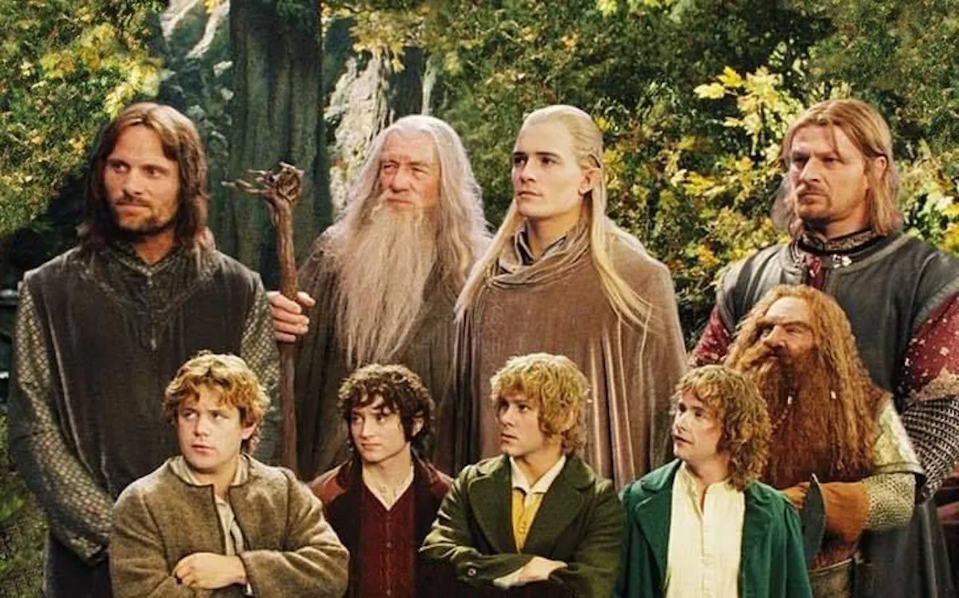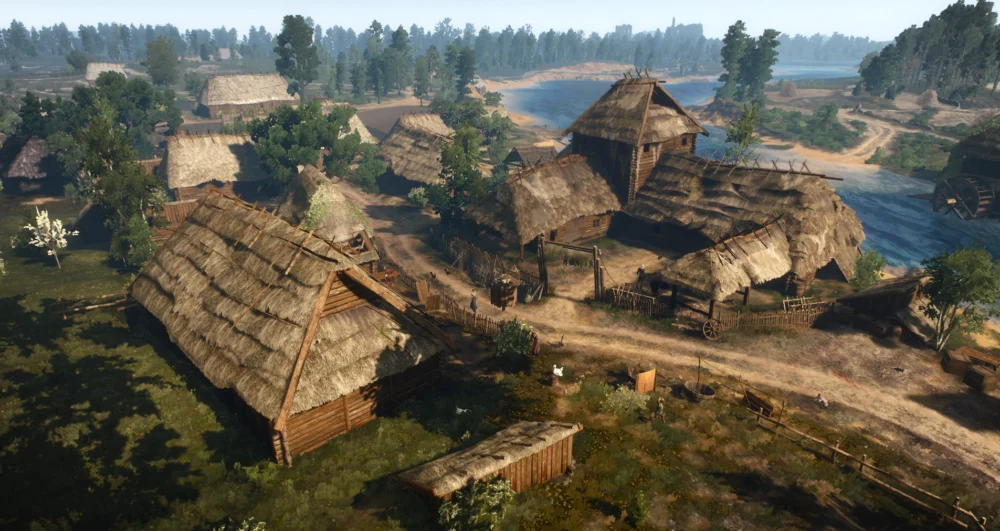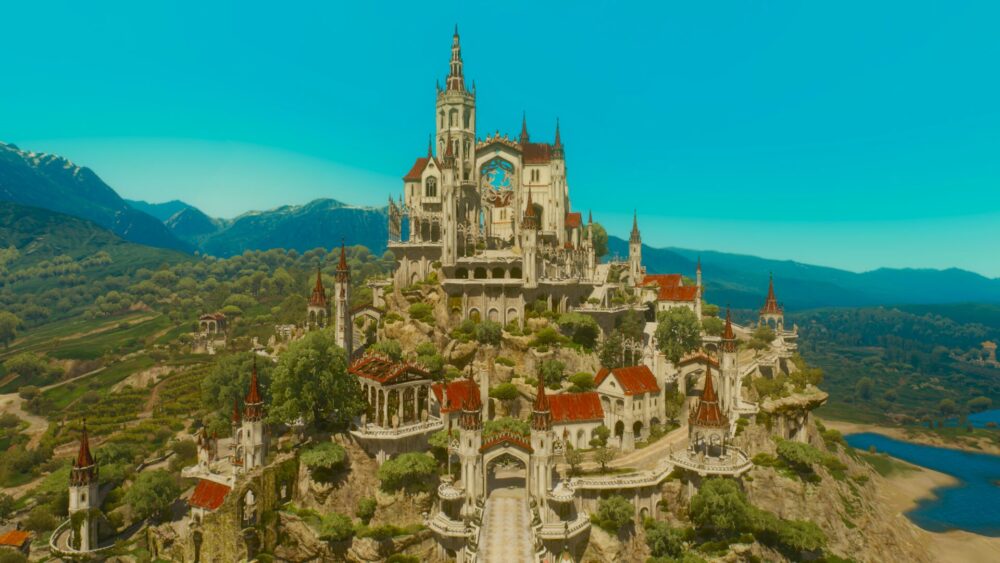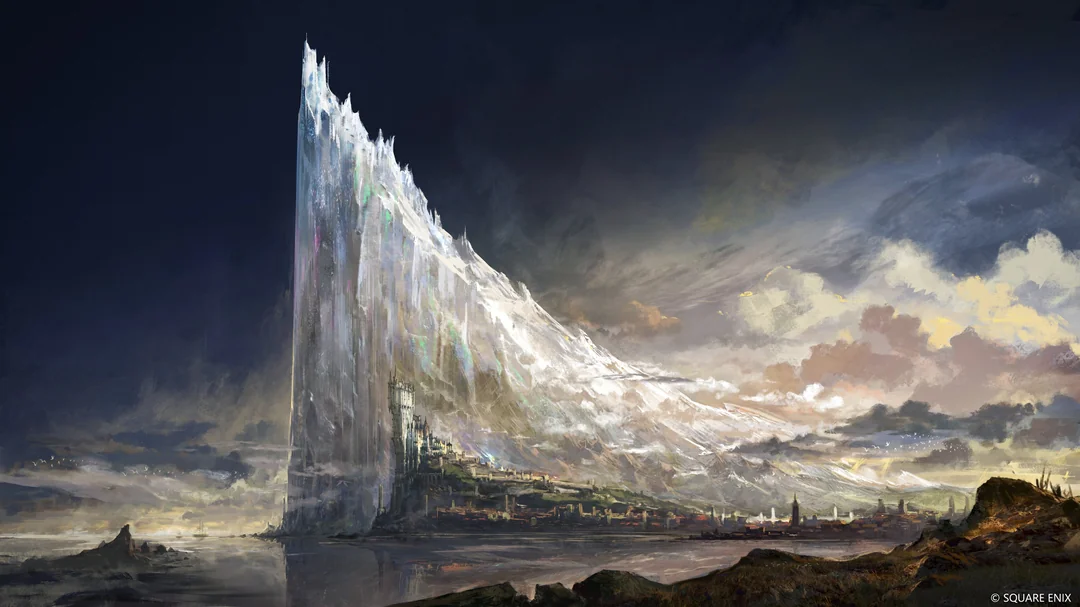Fantasy is a well known contemporary aesthetic, represented in TV, movies, video games, books, all with great popularity. There are a variety of sub-categories to this aesthetic, from fairytales to dark fantasy, medieval fantasy, and high or epic fantasy. I will focus on describing each of these versions of fantasy, with their many similarities and differences, although fantasy could be even broader, including things such as science fiction elements.
Fantastic elements in literature can be traced back to early fairy tales and myths, but for this post I will focus on “modern” fantasy, which can be vague, but I have identified George MacDonald as a pioneer of the genre, especially with his book Phantastes, published in 1858. However, the biggest and most relevant influence on the fantasy genre from my perspective comes in 1954 with The Lord of the Rings. A distinct fictional world with lore, rules, and systems. It established much of the designs and fundamentals we still see in new fantasy works; low-technology, limited populations, magic systems, dwarves and elves alongside humans, vast stretches of land to explore and traverse, swords, shields, archery, and more.
A still from The Lord of the Rings, directed by Peter Jackson (1) demonstrating the vastness, architectural beauty, and scale of the world.

This still from Fellowship of the Ring (2) demonstrates the types of characters that pervade fantasy to this day; a wizard with a staff, elves, dwarves, humans, along with the unique hobbits, against a beautiful natural backdrop.

Lord of the Rings can be regarded as high fantasy or epic fantasy, telling a hero’s journey of prevailing against evil in a beautiful yet treacherous world. Possibly my favorite kind of fantasy is dark fantasy, which has many similarities to epic fantasy, but leans more into brutal themes and world systems, and is often distinguished because of its tone. My favorite video game is responsible for my love of this type of fantasy, The Witcher 3. This game is based on a series of books written by polish author Andrzej Sapkowski. It deals more with moral complexities, the struggle of the average person, and the constant brutal stakes of the world. It still leans into familiar aesthetics, such as simple wooden villages, beautiful country sides and landscapes, imposing castles, knights carrying swords and shields, and more.
A screenshot from The Witcher 3, created by CD Projekt Red (3) to illustrate the living situation of many of the common folk in the world, with small, simple architecture surrounded by the natural environment.

The following art from The Witcher 3 (4) demonstrates that even within a single game, the type of fantasy can shift, from dark/medieval fantasy to more of a fairytale color palette, architecture, and tone.

As discussed, fantasy is quite fluid, with many works belonging to multiple types, and often one of those is medieval fantasy. Medieval fantasy is also a subgenre of fantasy, drawing heavily on the history and architecture of the European Middle Ages.
This art piece from Robin Tran (5) is quite representative of a variety of fantasy works, which all use similar foundations.

I think fantasy often comes with a certain warmth, where the characters feel very connected to the world in a visceral way, while being disconnected from the norms of the real world. The aesthetic promotes a sense of wonder, adventure, and courage, and awe, and that’s what draws me to the genre. The following image from Final Fantasy XVI by Square Enix (6) is full of this warmth and wonder.

(1) The Lord of the Rings: The Return of the King, 2003, https://www.theonering.net/torwp/2013/12/29/85747-discover-the-seven-greatest-architectural-wonders-of-middle-earth/
(2) The Lord of the Rings: Fellowship of the Ring, 2001, https://www.forbes.com/sites/paultassi/2024/05/09/there-will-be-a-new-lord-of-the-rings-movie-in-2026-with-a-catch/
(3) The Witcher III, 2015, https://witcher.fandom.com/wiki/White_Orchard
(4) The Witcher III: Blood and Wine, 2016, https://witcher.fandom.com/wiki/Beauclair_Palace
(5) Robin Tran, 2015, https://www.deviantart.com/robintran/art/Medieval-Town-543676071
(6) Final Fantasy XVI, 2023, https://www.instagram.com/finalfantasyxvi/
Featured Image: Final Fantasy XVI, 2023, https://in.pinterest.com/pin/534661787033181073/


1 Comment. Leave new
(Yeah I saw Lord of the Rings and had to comment)
An interesting part of the fantasy aesthetic is the ‘walking through the ruins of the ancient society’ vibe, for example, Frodo/Sam/Gollum walking through the marshes, or the hobbits and Aragorn moving through weathertop. If you keep writing about fantasy, you should look into how the dwarves and elves and men all take inspiration from different real designs (ie. Dwarves are Deco and elves are Nouveau.). Do you think fantasy can ever embrace more modern aesthetics? I feel like the closest we get is characters that move between modern day and fantasy worlds (Narnia, Percy Jackson etc.)